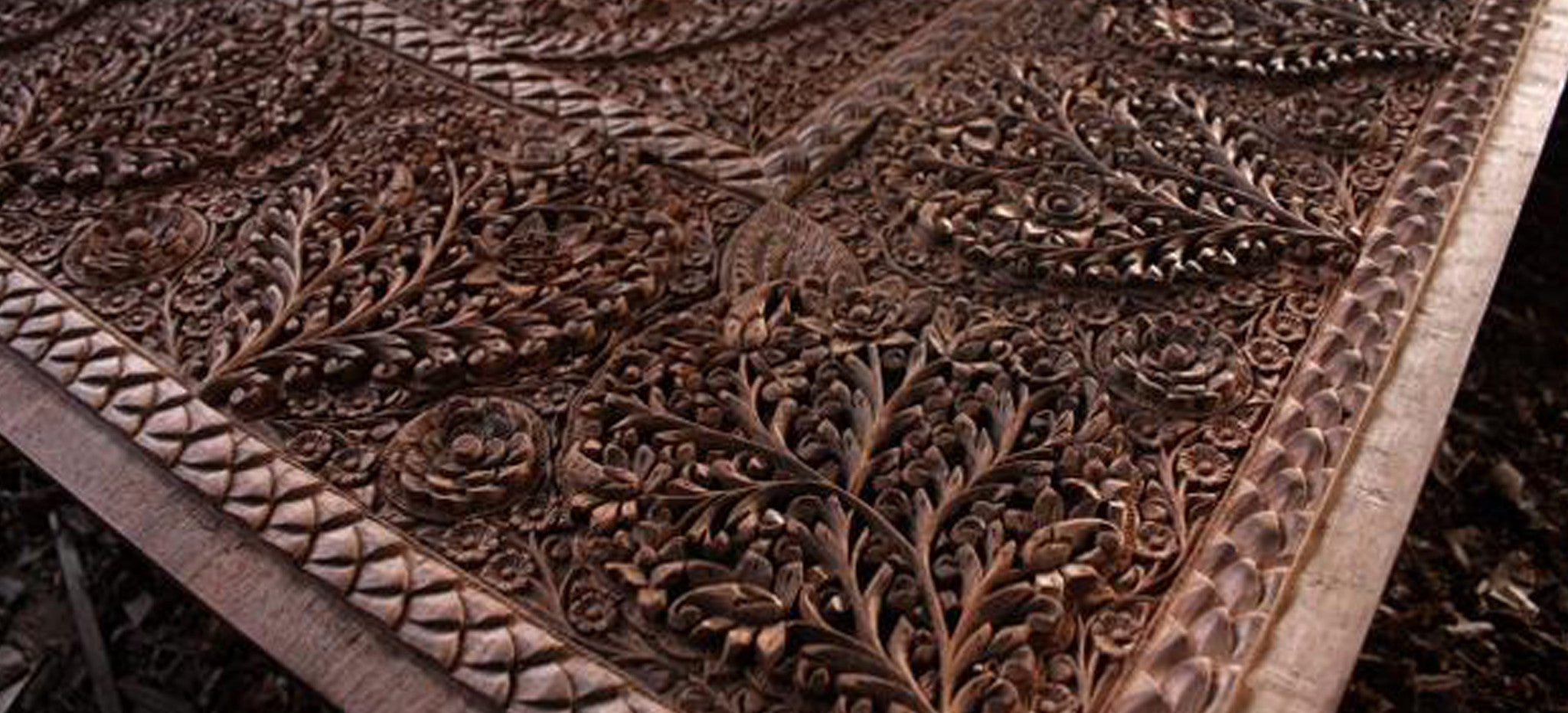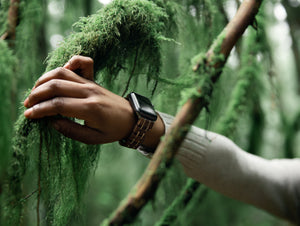10 Things We Bet You Didn't Know About Walnut Wood

Shop Walnut Wood Watches
1. The color of walnut wood depends on which part of the tree the wood comes from. Wood from the outside of the trunk is the lightest in color and the wood gets darker as it gets closer to the centre of the trunk. The heartwood ranges in color from deep brown to shades of grey.
2. Because Walnut wood is so strong, it's often used for intricate carvings.

(Photo courtesy: DirectCreate)
3. If you come across Walnut firewood, it is likely from a tree grown in an urban environment. Walnut trees grown in urban environments are shorter with more branches than Walnut trees grown in their natural habitat in nature. These traits make the lumber from urban grown Walnut trees less valuable and not suitable for furniture building.
4. Walnut trees can get BIG! They can exceed 100' feet in height and 6' in diameter! They grow best in environments where they get full sun.

Shop Walnut Wood Watches
5. Walnut wood is a great for woodturning because of it's natural oiliness, and it sands and polishes well. This is one reason why you can find many lathed walnut wood objects.
6. Walnut wood has unique grains and markings making it a diverse medium for design. The burls are often use to carve one-of-a-kind bowls.
7. All walnut trees are the plant genus called Juglans and from the family Juglandaceae. The walnuts that we eat are the trees' seeds and walnut trees propagate from them.

Shop Walnut Wood Watches
8. Oil from walnuts can be used in oil paint as it is an effective binding medium. It does not yellow or crack overtime, so is a great natural alternative to derivative oils.
9. The color of walnut wood depends on how it was dried. If the wood is kiln dried, it usually has a flat brown color. If it is air dried, it can become a rich purplish-brown.
10. Some of our best selling watches are made from American Walnut! Check them out here.






















